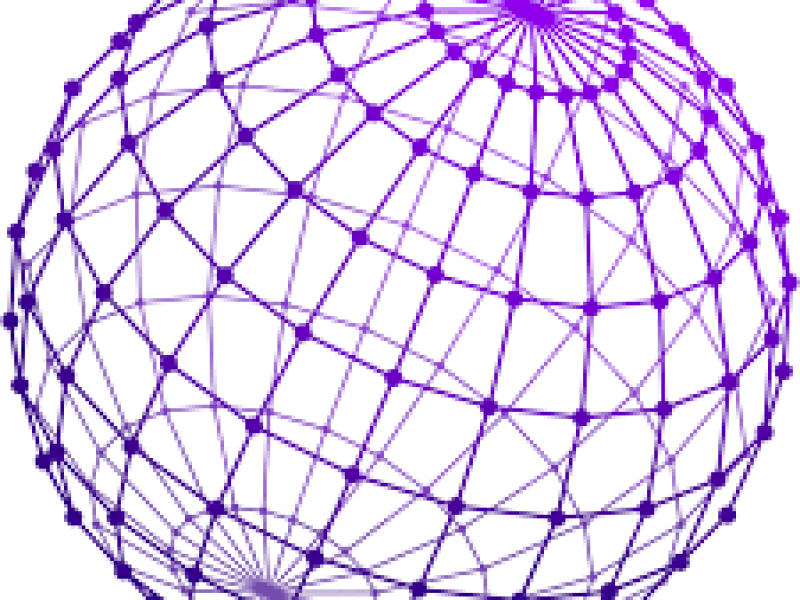Network Theory
Specialists
Complex Dynamic & Adaptive Structural Systems
Participating Everywhere in the World Around us
Networks
Network Theory
Network Theory is analyzing Networks; modeling. It is based upon Graph Theory. It gives us a verbal technology in the form of a standard language, to describe the structures and properties of networks. What are the features and individual components (Nodes, Links, Edges, Connectors,) of interest?
One thing we might ask about any individual node is how central is it within the overall network?
Network Immuno-Systems

Such sophistications are likely to be symbiotic, synthetic, and bio-sympathetic; benefiting multiple allied systems either concurrently or on a cyclic basis.
In CAS (Complex Adaptive Systems) Networks, we will begin to uncover implicit and emergent Immuno-Systems, as we develop the tools sophisticated enough to look for them. No Living System is just wide-open and Adaptive at the same time.


Already we can discern overall network security emerging from the component Small Group Networks that combine to constitute the Network Distribution Collage, in such forms as Memes,
Administration, Social Awareness, and Cyber Security software. Framed in this way, we can readily accept the major influence of Diplomatic Egregors and Combinatorial Panpsychisms vis-a-vis Design-Mind, in our very near Future.
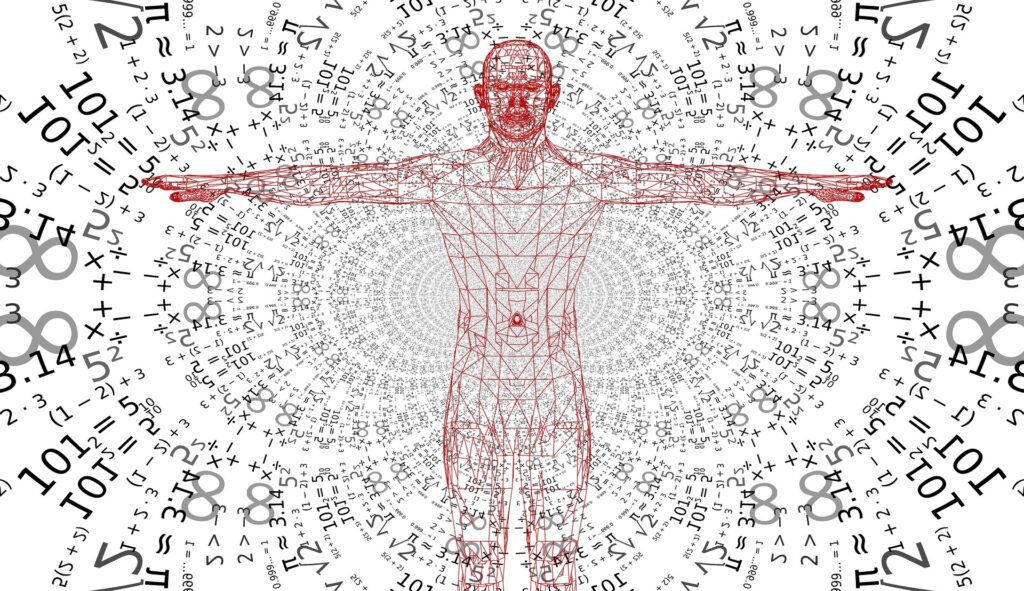
You will definitely want to consolidate the compound security and adaptive flexibility afforded by these Assemblaged Distributions, as well as providing for their further learning and evolutionary advancement.

Parallel Systems
Network Features
Network Features:
- How are they connected? Are all parts connected?
- Are other parts disconnected (or partially isolated)?
- What is the density of connections? (strangers vs. friends).
- What are the patterns of clustering? (many small clusters? Just a few large clusters?)
What happens if we change a parameter of any property?
What are the connection possibilities
Network Structural Types
Identification of Structural Types:
- Random Network:
- Most networks in Nature are non-random
- Defined by constraints (rules) of the system.
- Designed
- Some networks are purposely designed from a top-down perspective (for example a computer network designed by a network administrator)
- Not-designed
- Emergent; from local level rules and interactions
- Examples: markets, logistics, friendships, terrorist organizations, food web
A Few Words About Network Theory
Networks in Nature are not usually Random: clusters of Actors are connected to a few key Agents (hubs). This is called a Small World Network where everyone is distributed via just a few steps (6 degrees of separation). For example: power grids, airline routes, internet servers.
- Small world networks maximize connectivity
- While minimizing the number of connections (the ‘sphere’ of network ‘volume’)
- Enabling resources to travel through the network more efficiently
- This pattern appears spontaneously in Nature with frequency (examples: rivers, food webs in ecosystems, inside our living bodies)
The Connectome (in the brain) needs efficient regional connections and makes use of affordable efficiencies via of small world patterns. Children’s brains begin with a random pattern (with many more connections) but with experience, connections are lost and pruned as efficiency progresses –yet brain disorders reveal a big-world pattern.
Does Consciousness itself emerge from small-world architecture?
Small world patterns are like the Bell Shaped Curve, or Fibonacci series: emerging in Nature constantly and revealing the math and physics underlying Nature –a signal that the gears of the universe (cf. Iesod) are churning away and connecting our small world to the mechanics of the Cosmos.

Reading Section

Hubs, Links, Nodes
The Effect of Topology impacts network density (the ease with which any two nodes connect) which can result in:
- Reduced barriers (to connectivity)
- Greater Integration
- The type of clustering
All of which are defined by or affected by the structural topology.
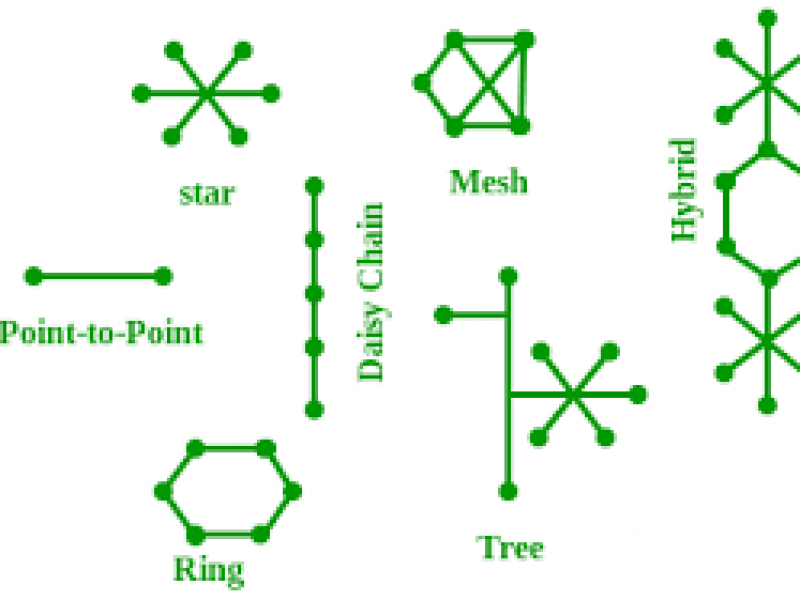
Network Design
Network Topography
…encompasses the Ring network, the Mesh network, the Star network, the Fully Connected network, the Tree network, the Linear network, and the Bus (or Serial Bus) network. All these have different features and properties.
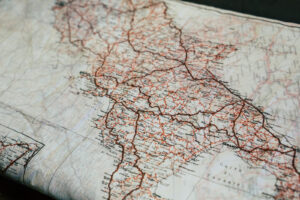
Map of the Terrain
Diffusion: how something will spread or travel across the network.
- Spread of Disease
- Interdiction (containment)
- Robust
- Fragile
- How susceptible is the network to failure from
- Random attack
- Strategic attack
- How susceptible is the network to failure from
Information Superhighway
Transfers & Exchanges
Network Dynamics:
- Coherence
- Decay
- Liminality
These determine the Life Cycle of the Network
Lorem ipsum dolor sit amet, consectetur adipiscing elit. Aliquam vel vehicula augue. Pellentesque sit amet posuere quam, in aliquet neque. Aenean condimentum lectus quis magna maximus, sit amet sagittis sapien iaculis. Nulla efficitur elit enim, vel pharetra nunc auctor quis. Cras pulvinar magna ut risus ultricies molestie.
Mauris a congue augue. Aenean nec purus vehicula augue congue eleifend sed ac ipsum. Morbi rutrum, elit sit amet faucibus vestibulum, orci est lobortis purus, et faucibus velit nibh pharetra arcu. Cras dignissim, ligula at lacinia accumsan, lectus dolor placerat purus, non semper est justo sed nibh. In pretium tristique erat nec.
Inter-Dimensional Stacks
Charms & Chiralities
Diffusion: how something will spread or travel across the network.
- Spread of Disease
- Interdiction (containment)
- Robust
- Fragile
- How susceptible is the network to failure from
- Random attack
- How susceptible is the network to failure from
Strategic attack
Lorem ipsum dolor sit amet, consectetur adipiscing elit. Aliquam vel vehicula augue. Pellentesque sit amet posuere quam, in aliquet neque. Aenean condimentum lectus quis magna maximus, sit amet sagittis sapien iaculis. Nulla efficitur elit enim, vel pharetra nunc auctor quis. Cras pulvinar magna ut risus ultricies molestie.
Mauris a congue augue. Aenean nec purus vehicula augue congue eleifend sed ac ipsum. Morbi rutrum, elit sit amet faucibus vestibulum, orci est lobortis purus, et faucibus velit nibh pharetra arcu. Cras dignissim, ligula at lacinia accumsan, lectus dolor placerat purus, non semper est justo sed nibh. In pretium tristique erat nec.
Private Office
In The Noosphere
Scale relates to the number of nodes:
- Small world (like we find in Rural Communities). And
- Large World (like we find in Urban Communities).
Clustering refers to subsystems within a Network. This is represented by some common set of properties forming subsets within Networks.
Lorem ipsum dolor sit amet, consectetur adipiscing elit. Aliquam vel vehicula augue. Pellentesque sit amet posuere quam, in aliquet neque. Aenean condimentum lectus quis magna maximus, sit amet sagittis sapien iaculis. Nulla efficitur elit enim, vel pharetra nunc auctor quis. Cras pulvinar magna ut risus ultricies molestie.
Mauris a congue augue. Aenean nec purus vehicula augue congue eleifend sed ac ipsum. Morbi rutrum, elit sit amet faucibus vestibulum, orci est lobortis purus, et faucibus velit nibh pharetra arcu. Cras dignissim, ligula at lacinia accumsan, lectus dolor placerat purus, non semper est justo sed nibh. In pretium tristique erat nec.
Global Structure
&
Double Hermeneutics
Satellite Geometrics
Global Structure
Upon maturity of a Network, a Global Structure will emerge that Feeds Back to affect the elements of a system. We can then study its Topology to better understand that Network System. Macro-scale Topology is shared by the primary features that compose a Network.
Networks are drawn (depicted, graphed) as if the outer nodes are the ends of a spindle. But never forget that networks take place within a context (or within an environment), which is also affected by the network and the connections within it. There is a double-hermeneutic feedback. So the outer nodes on the spindle are not isolated (they are not ‘outer). Also consider Revolving Networks that are constantly interacting with each other within that/those (Revolving) environment(s) (of Spherical Q). Networks are Alive.
Constructal Law
Constructal Infonomic Theory
Lorem ipsum dolor sit amet, consectetur adipiscing elit. Aliquam vel vehicula augue. Pellentesque sit amet posuere quam, in aliquet neque. Aenean condimentum lectus quis magna maximus, sit amet sagittis sapien iaculis. Nulla efficitur elit enim, vel pharetra nunc auctor quis. Cras pulvinar magna ut risus ultricies molestie.
Mauris a congue augue. Aenean nec purus vehicula augue congue eleifend sed ac ipsum. Morbi rutrum, elit sit amet faucibus vestibulum, orci est lobortis purus, et faucibus velit nibh pharetra arcu. Cras dignissim, ligula at lacinia accumsan, lectus dolor placerat purus, non semper est justo sed nibh. In pretium tristique erat nec.
Frameworks & Flexible Infrastructure
Network Dynamics
Socialize and Create something special with like-minded people. Nullam at nibh luctus, ultricies ante at, libero condimentum. Fusce hendrerit porttitor tellus nec vestibulum. Praesent vel urna et sem consectetur. Morbi ac vehicula tortor. Nullam dictum tortor eu ipsum pretium tempor. Donec auctor at tellus tincidunt molestie. Donec mollis maximus vehiculaet malesuada fames. libero condimentum fusce hendrerit.

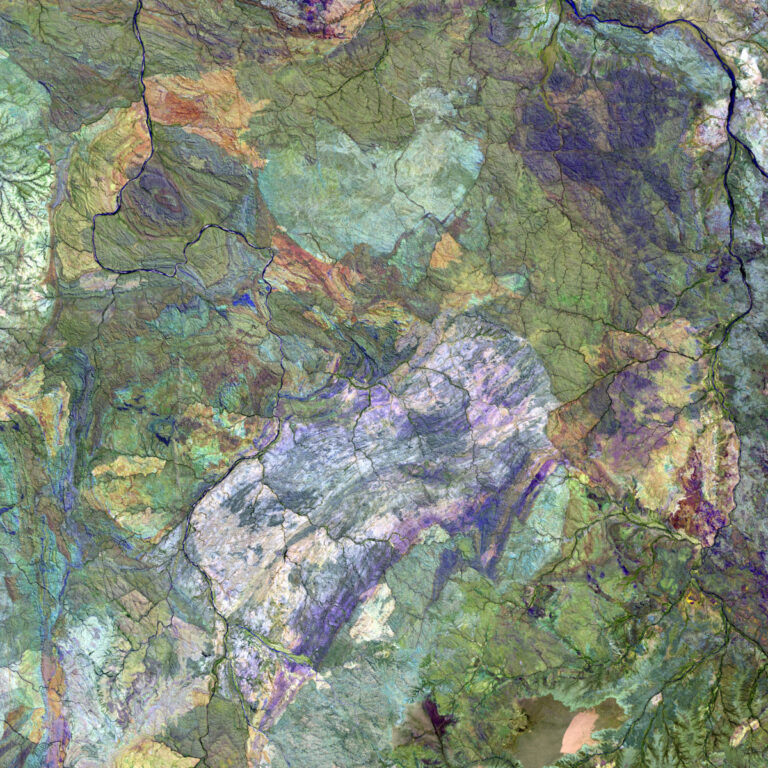
Work With Comfort
Enough to work at home, parks, cafes and other places. Work with comfort in out Coworking Space. Nullam at nibh luctus, ultricies ante at, condimentum libero. Fusce hendrerit porttitor tellus nec vestibulum. Praesent vel urna et sem consectetur. Morbi ac vehicula tortor. Nullam dictum tortor eu ipsum pretium tempor. Donec auctor at tellus tincidunt molestie donec mollis. Fusce hendrerit porttitor tellus nec.
Nodes that Fire Together Wire Together
Dynamic Systems
Dynamic Systems are difficult to predict with any exactitude (just like the weather) but they can be successfully modeled
Networked Systems
The mathematics of conjunctions (known as 'nexus') makes it unlikely that any member will be greater than 6 connections away.
Human Brain
Possibly the most Complex of the Dynamic Adaptive Systems is the Human Brain; able to self organize & evolve under changing conditions.
How to Find Us
Address
Serving the Greensboro NC, Reidsville NC, Danville VA region and surrounding areas
Phone and Email
Phone: +1 (012) 345 67 89
Email: jwstaley@sociologist.com
Social Networks
jwstaley
Social Architect

Experience
2005 - Present
10-01 Organization
CEO
The 10-01 Organization is a complex adaptive organization based on dynamic holarchy and emergent learning communities. It features Social Architecture (based on non-linear systems and social network theory), consulting, and services (including social, political, and environmental activism, events, and education). It also serves as home to several Indie publishing laboratories.
2013 - 2015
Courses
American Social Welfare System; Anthropology; Behavioral Management; Community and Urban Development; Composition and Rhetoric; Counseling Psychology; Creative Writing; Development of Sociological Theory; General Psychology; General Sociology; Group/Cross-Cultural Counseling; Inequality and Stratification; Phenomenology and Existentialism; Philosophy of Aesthetics; Philosophy of Art and Beauty; Political Sociology; Professional Social Work in Contemporary Society; Psychology of Personality; Race and Ethnic Relations; Research Methodology; Research Methods (Graduate); Social Change; Social Deviance; Social Problems in American Society; Social Psychology; Spatial Environmental Problems; Statistical Methods; Studies in Poetry
2010 - Present
Freelance
Social Architecture (Community Building); Social Theory: (Networks, Dynamic Fields, Ecological Complexity, Holarchy); Social Psyche: (Creativity, Extended Cognition, Philosophy; Process-Relational, Integral); Appreciative Inquiry. Practicum: Creative Specialties, INTP, New Modalities, Creative Intuition/Right Brain Specialties
About Me
Social Theory; Social Architecture; Creative Specialties: Author, Publisher, Composer/Producer, Website Design, Fine Art; Educator; Sociologist; Social Networks, Community Building.
Education
1980's
ASU: Social Theory
1985
Lenoir-Rhyne: Educational Research
1990's
Mecklenburg County Mental Health:
Behavioral Conditioning
1995
Academy of Performing Arts:
Instructor
2000
ElderCare/CompanionCare
2005
Design University: WebDesign
2010's
Field Investigation:
L.K. Walker Adjusters
Present
Danville-Pittsylvania Community Services
Skills
- Excellent Social skills and an insightful and intuitive People person
- Great Office and Clerical skills; including Office and Word Processing software; can Orchestrate and Delegate
- Good Presentation skills; am comfortable presenting in front of small groups and in close proximity
- Great Teaching skills and abilities (Talented); Gifted at Explaining
- Excellent Listening and Counseling skills; Good Practical Sense and Clear-eyed Assessment; very Creative at finding Solutions; Excellent Coaching and Life-Coaching Abilities
- Talented at Computer Graphics and Website Design (experience with relevant software); Artistic Eye for Arrangements and Composition
- Talented Writer (Fiction or Non-Fiction; text, instruction, policy); Can verbalize and express well in written form
- well-developed Documentation and Reporting skills
- well-developed Research skills and abilities
- a very able Learner; can learn new skills and abilities
- Disciplined; can practice and learn to apply new skills well
Contact
- jwstaley: sociologist (about)
- jwstaley@sociologist.com
- (123) 456-7890
- (354) 5567 9900


